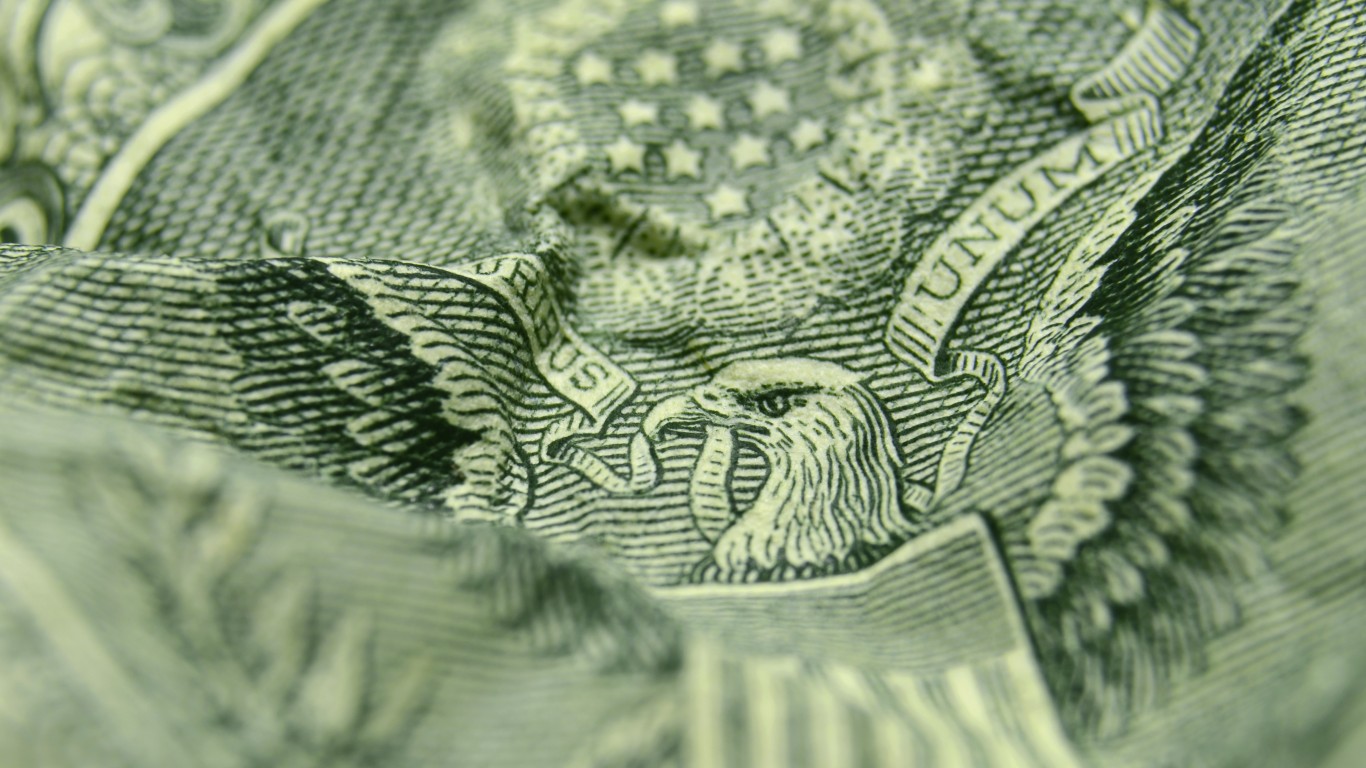
On Thursday, stablecoin infrastructure developer Stably said it has rolled out the first BRC20 standard stablecoin backed by the US dollar. The move comes from the accelerating expansion of the Bitcoin Ordinals ecosystem.
The First US Dollar-backed Stablecoin Operating on Bitcoin
Stably, a crypto firm developing stablecoin infrastructure for Web3 projects, announced the launch of Stably USD – the first stablecoin operating on the Bitcoin chain, according to the press release.
The stablecoin, which will trade under the symbol #USD, is a native BRC20 token to the Bitcoin network issued via the Bitcoin ordinals protocol launched earlier this year, enabled by the Taproot upgrade. Similar to Ethereum’s ERC20, BRC20 is a token standard that uses a technique known as ordinal inscriptions to inscribe data into individual satoshis – the smallest denomination of a Bitcoin. Any form of digital data, such as text, images, and code, can be attached to a satoshi.
According to Stably’s press release, each #USD stablecoin maintains a 1:1 peg with the US dollar held by a regulated custody provider in a collateral account to protect verified token holders. The crypto firm also hired a third-party stablecoin attestor to issue monthly reports to ensure #USD coins are fully collateralized with the dollar at all times.
Stably also said that the stablecoin can be issued and redeemed through several platforms, including SWIFT, USDC, Fedwire, and USDT, by KYC-verified users across more than 200 countries, including 44 US states. The stablecoin infrastructure provider is backed by several prominent investors such as Morgan Creek Capital, BEENEXT, 500 Startups, Hard Yaka, CREAM Labs, Sunny Lu of VeChain, and Paul Stahura of Donuts, Inc.
The Rise of Bitcoin Ordinals
The introduction of #USD marks an important development in the rapidly-growing ordinals ecosystem that hit half a billion dollars in market capitalization in just several months. Also referred to as ‘Bitcoin NFTs,’ ordinals took the Bitcoin community by storm since the start of 2023, exceeding the 3 million mark earlier this month.
This surge in demand caused a massive jump in Bitcoin network fees, propelling them to a 2-year high of $3.5 million at the start of May. In addition, it also led to a sharp increase in the average Bitcoin block size, as users began to inscribe large-size files like images and videos to satoshis.
However, not all in the Bitcoin community have warmly welcomed the idea of Ordinals, arguing that the idea represents a departure from the original intent of Bitcoin. Moreover, some Bitcoin developers considered killing ordinals by changing the network’s codebase.
This article originally appeared on The Tokenist
Find a Qualified Financial Advisor (Sponsor)
Finding a qualified financial advisor doesn’t have to be hard. SmartAsset’s free tool matches you with up to 3 fiduciary financial advisors in your area in 5 minutes. Each advisor has been vetted by SmartAsset and is held to a fiduciary standard to act in your best interests. If you’re ready to be matched with local advisors that can help you achieve your financial goals, get started now.
Thank you for reading! Have some feedback for us?
Contact the 24/7 Wall St. editorial team.



